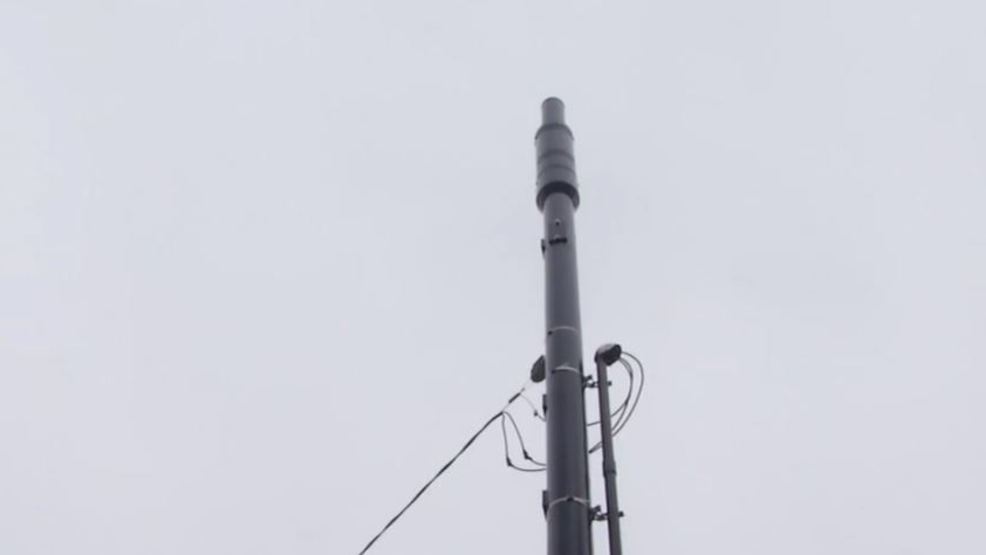If you've ever been through a town and spotted tiny cell towers for 5G on street light poles. They appear like tiny boxes however they're actually sending wireless signals from mobile providers to your mobile.
They are replacing the larger built cell towers. While they're less noticeable but they can still cause problems for people.
It is the of the FCC's Radiation Exposure Thresholds
The FCC's Radiation Exposure Thresholds define the maximum amount of time one can expose to electromagnetic energy from wireless devices. what is a safe distance from a 5g cell tower are based upon scientific research that prove that electromagnetic energy can be harmful to human health.
The rate of absorption called the specific absorption rate (SAR) is an indication of the amount of radiofrequency energy that is absorbed by tissue. It's usually 1.6 watts per kilogram, spread over a Gram of tissue.
But, since 5g operates at higher frequencies and has the potential to create more energy on the skin and other directly-exposed body parts. This could result in various possible harms, like the development of skin diseases such as dermatitis, cataracts and skin cancer.
Because of the potentially harmful effects of radiation from 5G, PSU has chosen to set a general localized limits on power density, which is 4mW/cm2 averaged on 1cm2, and never to exceed 30 minutes, for the entire 5G spectrum at 3000 GHz. This limit for localization is in line with the peak SAR that is spatially averaged at 1.6 W/kg, averaged over one g of tissue at 6 GHz.
The FCC's Maximum Exposure Thresholds
If you've ever operated a cell phone, you probably know that a safe distance from the tower should be at least 400 meters away. This is because the power of transmission from a cell tower increases dramatically the further away the tower is.

While this sounds like a good idea however, those living close to towers might be more prone to health issues. For instance, a study conducted in 2014 in India discovered that those living within 50 meters of cell towers had much more health problems than those living further far from antennas.
This study found that people who moved to areas further away from the cell towers saw their symptoms return to normal within a couple of days. Another study has demonstrated that exposure to extreme amounts of electromagnetic field radiofrequency (EMFs) can cause brain tumors, cancers as well as other health issues.
This is because RF radiation, which is utilized for wireless communication, has the ability to penetrate the human body's outer layer, the skin. It is vital to be aware of this since the skin functions as a protective barrier against injuries caused by mechanical forces, infections caused by pathogenic microorganisms and entry of toxic substances. Additionally, it is the biggest organ of the human body and is accountable for keeping the integrity of the other organs.
The FCC's Minimum Exposure Thresholds
The FCC's Minimum Exposure Thresholds are based on numerous assumptions that aren't supported by scientific evidence. safe distance from cell tower include the false belief that exposures to RF radiation are safe because of the minimal radiation penetration in the human body (i.e., tissue heating).
This assumption does not take into account the deeper penetration of the ELF elements of modulated radio signals as well as the effects of brief bursts of heat from pulsed RF waves. what is a safe distance from a 5g cell tower do not correspond with current knowledge of the biological effects of RF radiation, and thus they should not be relied upon for health-protection exposure guidelines.
In addition there is the fact that both ICNIRP and FCC restrict their maximum exposure limits to local peak SARs that are based on the maximum frequency of absorption (psSAR) that is an inadequate dosimetric tool to assess the amount of radiation exposure. Particularly the psSAR tool is not accurate for frequencies that exceed 6 GHz. In addition, psSAR is not been evaluated for RF radiation with co-exposure to other agents of the environment such as sunlight. In the event of interactions, RF radiation and other environmental agents may result in antagonistic or synergistic impacts. This can lead to the risk of having adverse health effects. For instance, exposure to RF radiation along with exposure to sunlight can increase the risk of skin cancer, as well as aggravate other skin diseases such as acne.
